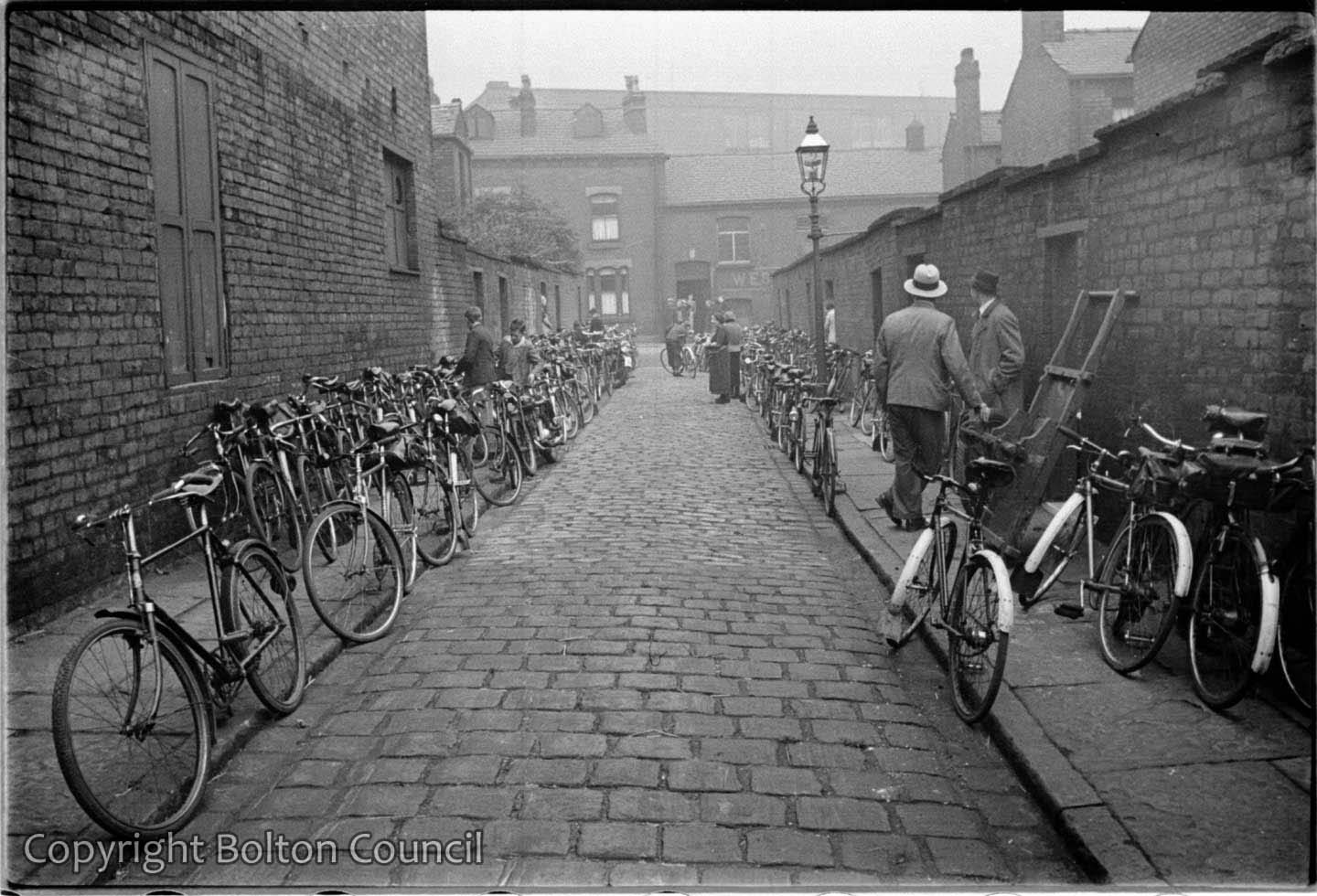“It’s a Canon S90,” said Ms Campbell. “It wouldn’t even be the latest model and would retail for about a couple of hundred quid.” A professional SLR camera costs at least €1,000.
As a “keen amateur” who practises wildlife photography and scuba diving in her time off from managing a clothes shop in Dublin, cost was a big factor in deciding to go with a compact.
Sometimes, she admitted, using the cheaper camera can be frustrating but “in some cases it’s technique and composition that has more to do with [a photograph] than what camera took the image”.
http://www.irishtimes.com/news/technology/irish-woman-wins-photography-award-using-off-the-shelf-camera-1.1703155
The winner's instrument:
http://www.dpreview.com/reviews/canons90
Check out Jackie's gallery:
http://www.jackiecampbellimages.com/gallery_489324.html
#












